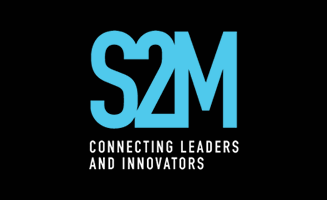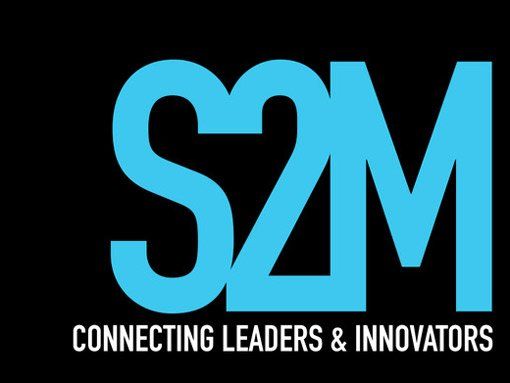3 Ways Digital Marketing differs from Traditional Marketing, aside from the obvious
Digital marketing continues to change and grow alongside technological advancement. Where mobile computing keeps progressing, digital marketing has entered a brave new world of location-based advertising, big data mining, real-time analytics and microtrends.
While digital marketing started small, with websites, social media mentions, YouTube videos, and banner ads, it has started to move from a form of inbound to outbound marketing, designed for people to find you rather than constantly hearing about you (and there’s a very big difference). While digital marketing can be seen with the same lens as traditional marketing, but rather using digital devices to achieve the desired result, there are a few ways digital marketing differs from traditional marketing in terms of analysis and execution.
1. Traditional Marketing is an art, whereas Digital Marketing is a science
Traditional marketing uses brand identity expressed through large scale advertising such as commercials on TV or radio, billboards, brochures, posters and flyers. But these are not the most common method. The most common method of traditional marketing is when people find out about a given business through a referral network or word of mouth. For the most part, referrals marketing is an art form, built on establishing trust and rapport through the human element of communication. It doesn’t cost much to do this, but it can make or break a business if done correctly. A commonly used statistic is that a positive referral with bring three times as many customers, but a detractor will deter 5 times as many people from the same product.
Digital marketing is a science. It relies heavily on numbers and knowing exactly where a customer is in the buying cycle. Almost everything in digital marketing is measurable, and by extension digital marketing is useful for gauging where your business is in the market.
Now, people often forget that traditional marketing works for digital products, and digital marketing works for traditional products. Facebook famously did not advertise, but relied on people referring their friends through the network. By extension, logistics companies such as Fleetmatics utilise cold calling to get their customers across the line.
2. Traditional Marketing has rules of engagement, but Digital Marketing knows no bounds
One of the most prevalent ways traditional marketing differs from digital marketing is that it has specific rules stating when and where you can advertise. Like warfare in the days of old, traditional marketing often is most effective where marketers designate areas in which they will collective advertise, such as in cinemas, shopping centres, highways, flyers etc. Digital marketing is not bound by these types of rules (only what Google or Facebook etc say is appropriate or inappropriate content). Digital marketing can strike at any time, so long as the user is on their mobile device or in front of their computer. Nowadays, where we would have traditionally spent time in front of the television, we simply go to our tablets, computers or phones to view the same content, making it easier to impact the same customer.
3. Digital Marketing needs eyeballs, whereas Traditional marketing needs hearts
The world of digital marketing is measured primarily in how many people have seen your advertisement (“eyeballs”, or how many click-throughs your campaign receives). Traditional marketing lacks this kind of insight, and thus realistically measures campaign success after the fact. For instance, electronics and music chain JB Hi-fi will measure the success of their catalogue campaigns by the number of sales in a promotional week, not just from catalogue items. Their campaign success is determined by one thing and one thing only; how many people came into the store and bought something.
Both digital and traditional marketing methods can be successful and can also be used in conjunction, but it’s important to recognise that the skills in each may not be directly transferrable, as there are considerable nuances in both.
Luisa Olivares-Alvarez - Talent Broker, Sales and Media
=======================================================
Luisa Olivares-Alvarez works for a leading Digital recruitment firm S2M with offices in Sydney, Melbourne and Singapore .
If you are a Digital Marketer interested in a confidential chat, then get in touch on luisa.olivaresalvarez(at) s2m.com.au





